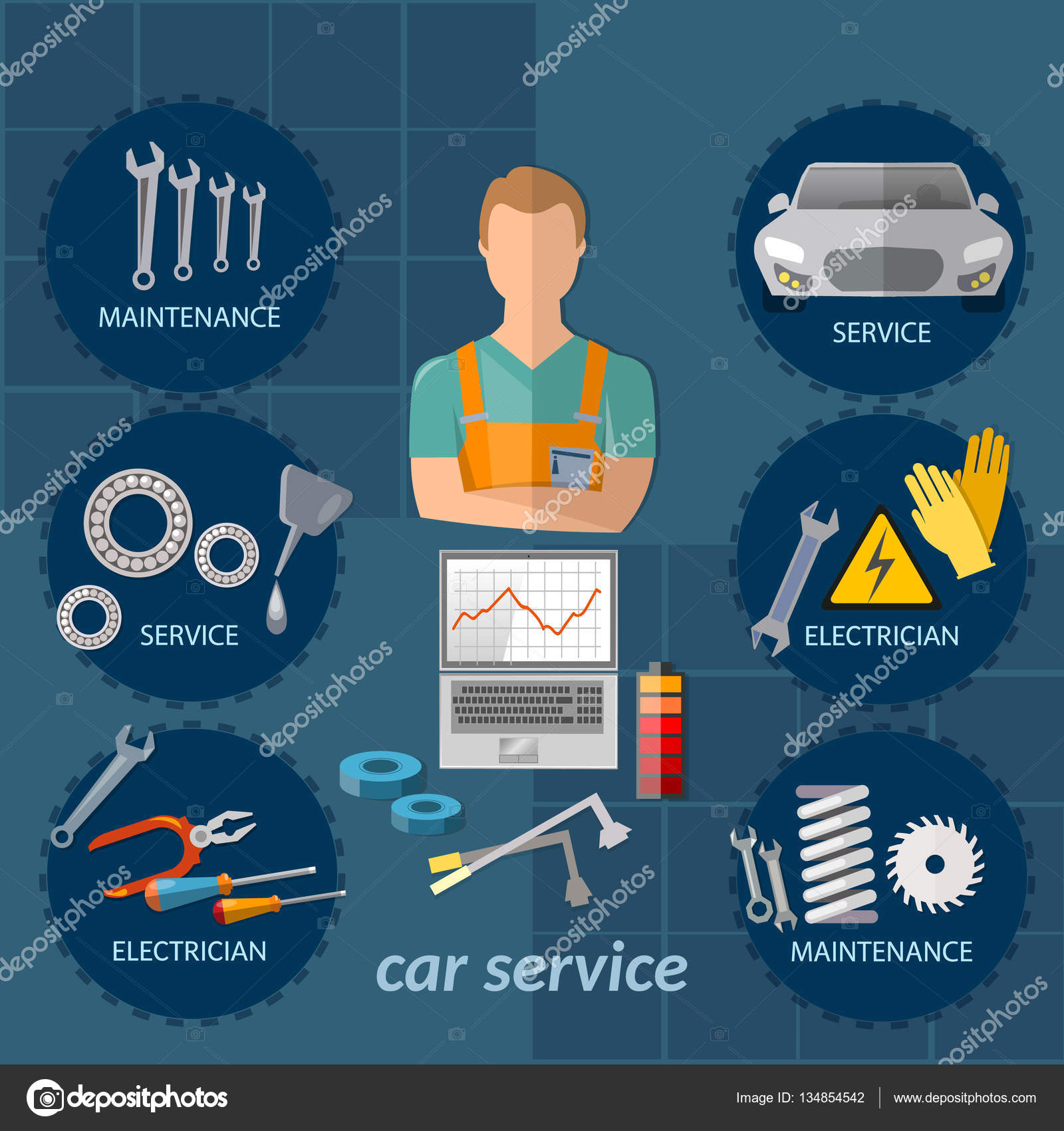Interpreting Your Car'S Alert Lighting: Their True Implications
Interpreting Your Car'S Alert Lighting: Their True Implications
Blog Article
Write-Up Composed By-Higgins Forbes
When you lag the wheel, those glowing warning lights on your control panel can be a bit bewildering. Do you recognize what they're trying to tell you regarding your automobile's health? Understanding the relevance of these lights is vital for your security and the durability of your vehicle. So, the following time among those lights turns up, wouldn't you intend to decode its message properly and take the required actions to resolve it?
Common Caution Lighting and Interpretations
Recognize typical warning lights in your car and recognize their meanings to ensure safe driving.
The most regular warning lights consist of the check engine light, which signifies concerns with the engine or exhausts system. If this light begins, it's critical to have your lorry examined without delay.
The oil stress cautioning light shows low oil stress, calling for immediate attention to stop engine damage.
A blinking battery light might suggest a damaged billing system, possibly leaving you stranded if not addressed.
https://local12.com/news/local/samaritan-car-care-clinic-nonprofit-car-repair-shop-to-get-its-own-garage-auto-repairs-covington-brighton-center-cincinnati-local-12 monitoring system (TPMS) light informs you to reduced tire stress, impacting car stability and gas efficiency. Overlooking this can cause risky driving conditions.
The abdominal muscle light suggests a problem with the anti-lock braking system, jeopardizing your capacity to stop rapidly in emergencies.
Finally, the coolant temperature advising light warns of engine overheating, which can lead to extreme damage if not fixed quickly.
Recognizing cardetailingnearlairport will aid you resolve problems quickly and keep safe driving problems.
Relevance of Prompt Interest
Comprehending the usual warning lights in your automobile is only the primary step; the importance of without delay resolving these warnings can not be stressed sufficient to guarantee your safety and security when traveling.
When a caution light brightens on your control panel, it's your automobile's way of interacting a possible issue that requires interest. Overlooking these warnings can result in more severe issues in the future, compromising your safety and security and potentially costing you a lot more out of commission.
Trigger interest to alerting lights can prevent failures and accidents. As an example, a flashing check engine light can indicate a misfire that, if left ignored, could trigger damages to the catalytic converter. Addressing this quickly can save you from an expensive repair work.
Likewise, a brake system alerting light may indicate low brake fluid or used brake pads, crucial elements for your security when driving.
DIY Troubleshooting Tips
If you observe a caution light on your dashboard, there are a few do it yourself fixing tips you can try before seeking specialist aid.
The primary step is to consult your car's guidebook to recognize what the certain warning light suggests. Often the issue can be as straightforward as a loose gas cap activating the check engine light. Tightening the gas cap might fix the problem.
One more typical problem is a reduced battery, which can trigger various warning lights. Checking the battery connections for corrosion and guaranteeing they're safe and secure could fix the issue.
If a warning light lingers, you can attempt resetting it by separating the auto's battery for a few minutes and after that reconnecting it. In addition, examining your vehicle's fluid levels, such as oil, coolant, and brake liquid, can assist troubleshoot alerting lights connected to these systems.
Conclusion
In conclusion, recognizing your auto's caution lights is important for maintaining your automobile running smoothly and safely. By quickly attending to these signals and recognizing what they mean, you can prevent costly repair services and prospective failures.
Keep in mind to consult your vehicle's manual for specific information on each warning light and take action accordingly to guarantee a trouble-free driving experience.
Keep informed, stay safe when driving!
